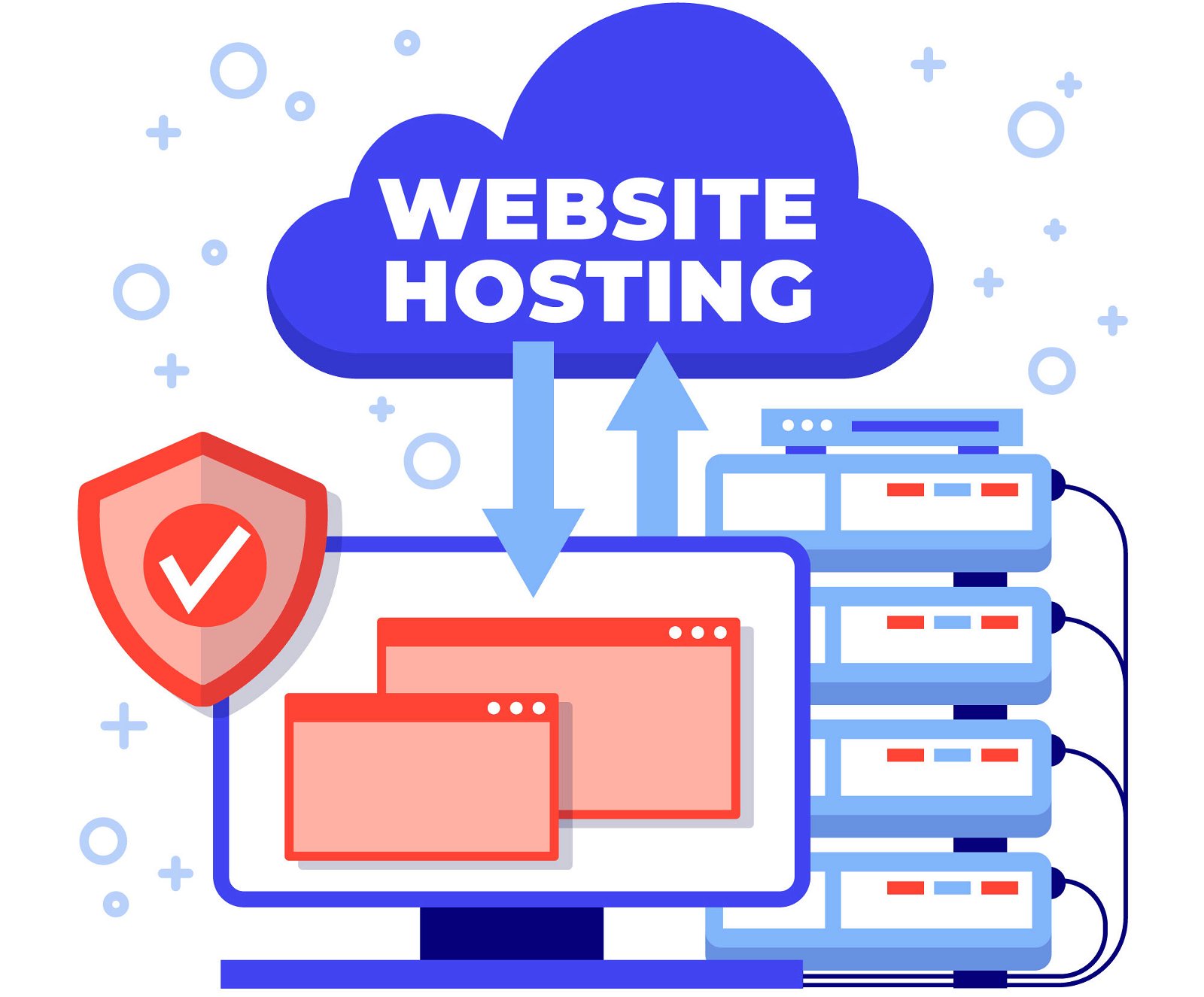E-commerce sites are the backbone of retail. They allow customers to shop from the comfort of their homes, offering a convenience that traditional retail can’t match. However, this digital convenience comes with its own set of challenges, one of the most significant being site downtime. When your e-commerce site goes down, it’s not just an inconvenience—it can lead to lost sales, damaged reputation, and decreased customer trust. That’s why minimizing site downtime is crucial for the success of any online business.

Table of Contents
ToggleStrategies To Minimize E-Commerce Site Downtime Effectively
Fortunately, with the right strategies, maintaining a smoothly running site is achievable. Here are strategies to ensure a seamless shopping experience for your customers:
1. Monitor Your Site Regularly

Regular monitoring is the first line of defense against downtime. By keeping a close eye on your site’s performance, you can identify and address issues before they escalate into major problems.
Use monitoring tools that offer real-time alerts, so you’re always in the know if something goes awry. This proactive approach allows you to fix issues quickly, often before your customers even notice.
If you’re considering a platform change, integrating a Shopify migration checklist into this process can ensure a smooth transition without sacrificing uptime. This proactive measure is especially crucial during significant changes that could impact site stability.
Also Read: Harnessing the Impact of High-Quality Design for Your Brand
2. Optimize Your Hosting Solution

Choosing the right hosting solution is critical. A reliable web host can significantly reduce your site’s risk of experiencing downtime. Consider factors like uptime guarantees, customer support, and scalability when selecting a host. As your business grows, your hosting plan should be able to accommodate increased traffic without compromising performance.
Also Read: WordPress Error Establishing a Database Connection: A Comprehensive Guide
3. Implement A Content Delivery Network
A Content Delivery Network, or CDN, is a widely dispersed system of servers that work collectively to cache and deliver copies of your website’s content, enhancing accessibility and speed for users around the globe. This setup accelerates loading times for your users by serving content from the closest server to them and enhances your site’s security.
Specifically, a CDN can protect against Distributed Denial of Service (DDoS) attacks, which are a common threat to e-commerce sites. DDoS attacks overwhelm your site with a flood of traffic, intending to take it offline. CDNs can absorb and mitigate this malicious traffic across their extensive network of servers, preventing these attacks from reaching your core infrastructure.
By distributing the load, a CDN ensures that your site remains accessible and operational, adding an essential layer of defense against such disruptions. This security measure, combined with the added redundancy—if one server is compromised or goes down, another can seamlessly take over—ensures that your e-commerce site keeps running smoothly.
4. Keep Your Site Updated- E-Commerce Site Downtime
Outdated software is a leading cause of website vulnerabilities. Regular updates to your site’s platform, plugins, and themes can patch security flaws and improve performance. While it might seem tedious, staying on top of updates is essential. Schedule them during low-traffic times to minimize potential disruptions.
Also Read: Unlock Your Business Potential: How Custom App Development Can Skyrocket Your Success
5. Backup Your Site Regularly- E-Commerce Site Downtime
Regular backups are your safety net. In the event of data loss or a severe outage, backups allow you to restore your site quickly. It’s advisable to automate your backup process, which ensures you always have a recent copy of your site without having to remember to do it manually.
For optimal protection, perform daily backups if your site content changes frequently, or at least weekly for sites with less frequent updates. Additionally, store these backups in multiple locations, such as on a local device, as well as off-site or in the cloud. Doing so allows you to access your backups even if your primary storage solution fails, providing an extra layer of security for your business continuity.
6. Use A Reliable Payment Gateway
For e-commerce sites, the payment process is particularly critical. A reliable payment gateway ensures that transactions are processed smoothly, reducing the risk of downtime during checkout. Choose a gateway known for its uptime and customer support.
7. Plan For Traffic Spikes
A sudden increase in traffic can overwhelm your site, leading to slowdowns or even crashes. Anticipate these spikes—such as during sales or holiday seasons—and plan accordingly. Upgrading your hosting plan temporarily or optimizing your site to handle more visitors can prevent downtime during these critical periods.
8. Train Your Team- E-Commerce Site Downtime
Your team should be well-versed in your site’s operations and emergency procedures. Training in troubleshooting common issues and executing your downtime response plan can make a significant difference in your site’s resilience.
Also Read: Custom CSS and JavaScript Vs Visual Editor to Customize CSS: WordPress CSS Plugin
Develop A Downtime Response Plan
Downtime may still occur, regardless of your efforts. A clear, concise response plan ensures that your team knows exactly what to do. This plan should include steps for identifying the issue, communicating with customers, and restoring service as quickly as possible.
Conclusion on E-Commerce Site Downtime
Minimizing e-commerce site downtime requires diligence, preparation, and a commitment to continuous improvement. By implementing these strategies, you can safeguard your site against disruptions, providing a reliable shopping experience for your customers. The aim is to minimize downtime and build a resilient online presence capable of facing digital marketplace challenges.
Interesting Reads:
How To Backup, Restore, And Do SEO For Your Job Listings Website
How To Check if Your WordPress Website Is Down
The Ultimate Guide to WordPress Maintenance: Keep Your Website Running Smoothly






